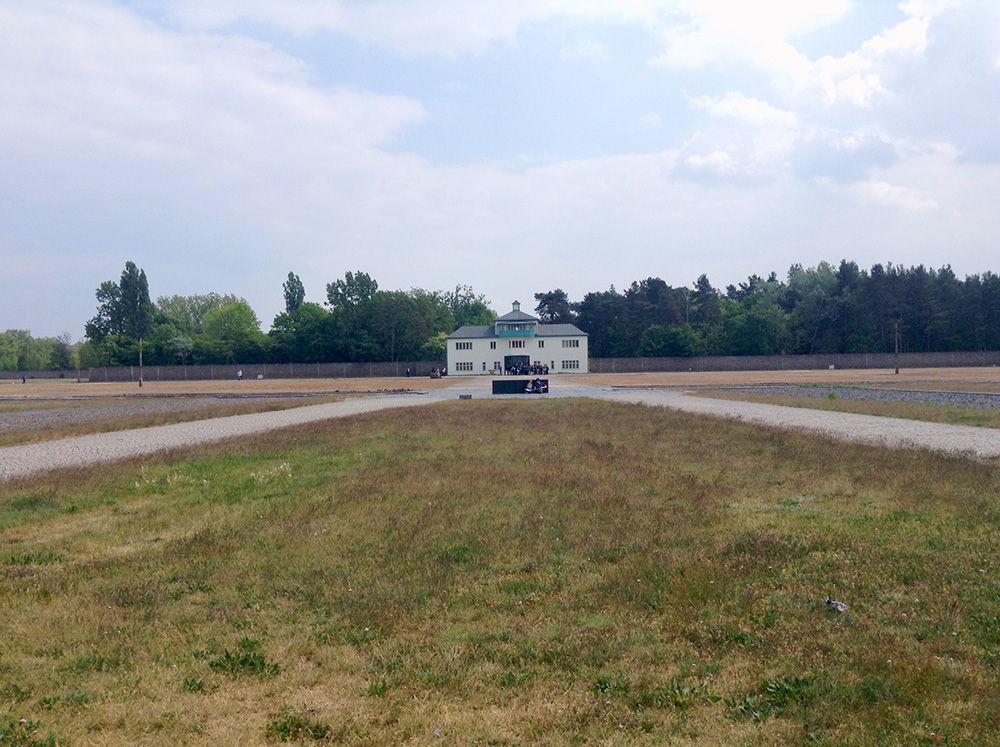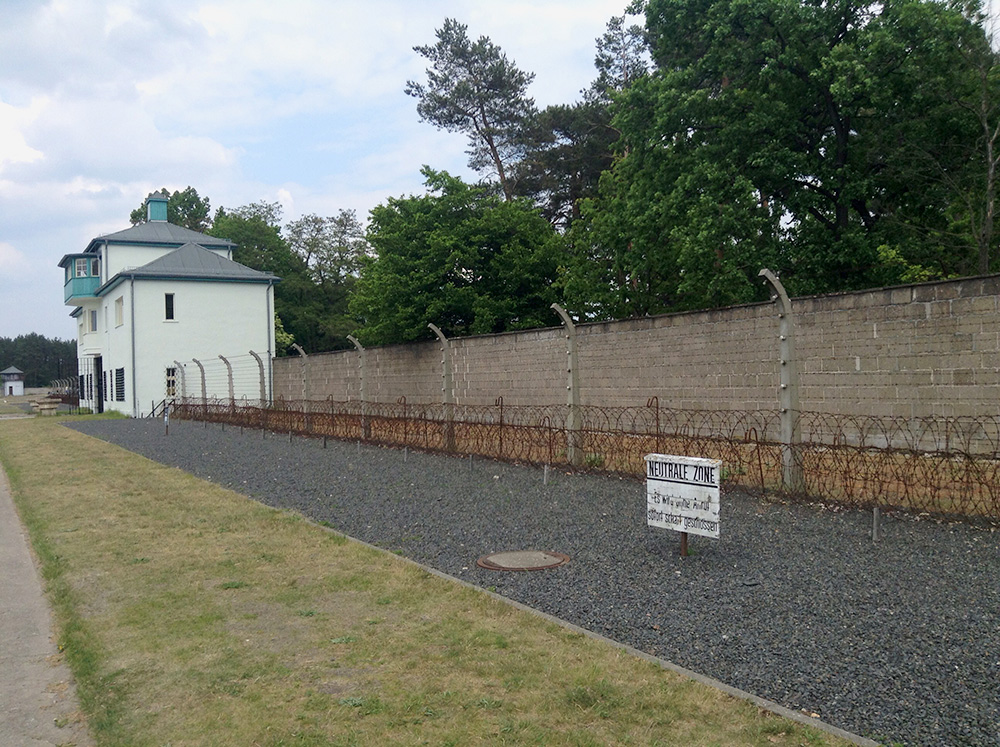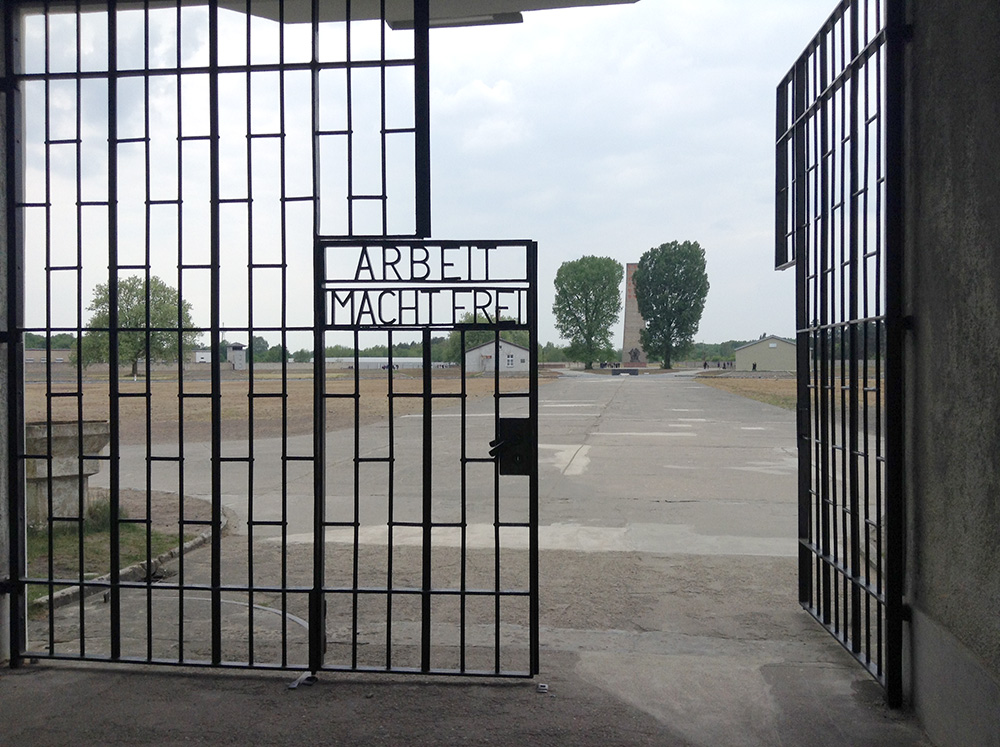I am three weeks into my course looking at what is remembered and what is forgotten in Berlin’s history. In our short time here we have gone on numerous excursions as a class to visit sites that reflect this theme.
In our second week we had our longest and most intimidating journey, a visit to a concentration camp. This past semester I took a class on the history of the Holocaust as part of my history degree, so I knew the logistics of what happened. I knew that Sachsenhausen was a concentration camp just outside of Berlin. I knew it held prisoners for a variety of qualities categorized as criminal offenses by the Third Reich, from political beliefs and sexual orientation to being Jewish, Sinti, or Roma. I just didn’t know what to expect when seeing the camp in person.
To get to the camp we took an hour-long ride on the S-Bahn followed by a 10-minute bus ride through a picturesque town. Upon arrival we were met with a large map of the camp emphasizing the enormity of Sachsenhausen.
The camp was meant to be the ideal model for all camps that would follow. Our guide explained the semi-circular set up of the camp. One main guard tower above the entrance was able to control the entire camp with one machine gun because the barracks fanned out like bicycle spokes from its base. A curved track paved with uneven stones separated the barracks from the tower. Prisoners were forced to carry weights while testing shoes for the German army, trekking back and forth across the track until collapsing from exhaustion.
Throughout the visit we were faced with the cruelty and suffering that was commonplace at the camp, from torture devices, gallows, and crowded bunks, to the crematorium. Some of us felt numb and uneasy, whispering to each other as we navigated the camp on our own.
In contrast to the raw leftovers of history we witnessed, were the intrusions of the current day. There were hundreds of other visitors to the camp that day, many with handheld, brick-like walkie-talkies that explained the history of the camp in whatever language was needed. There were some who snapped selfies in front of the gates near the sign that read “ARBEIT MACHT FREI” – work sets you free. The experience left me feeling disconnected from what that site was.
Our visit to Sachsenhausen served as another example of how Germany handles its darkest period in history. During the war, the scenic town was still where it is today, right next to the camp. German civilians could not have ignored the enormous structure located down the street from their own homes. They would have witnessed the new prisoners arriving at the local train station and seen the smoke stacks as no one made a return trip. Similarly, the camp remains as prominent as it was as a reminder and warning to all of us today. If we allow ourselves to forget, then we are enabling the conditions of fear and hate that emboldened the Third Reich to take hold once more.




